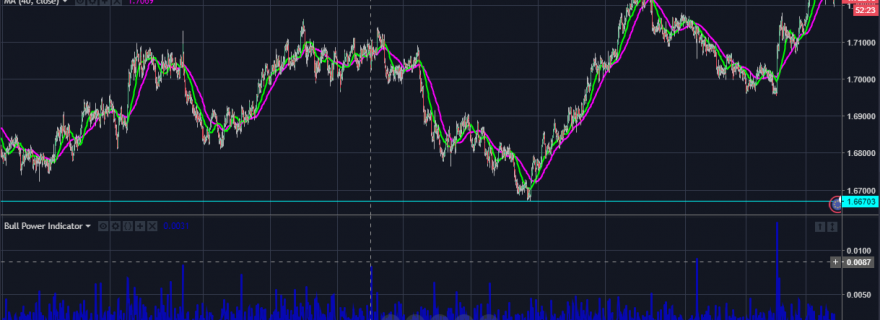New Zealand is a small country with a population of under 5 million people. The country is located to Southwestern Pacific Ocean and is made up of two main islands. It has a GDP of more than 185 million people and a GDP per capita of more than $35,000. The country is best known as the biggest exporter of dairy products.
Starting from April, the EUR/NZD pair started a significant bull run. The pair moved from a low of 1.6670 and managed to reach a high of 1.7294. The pair's upward momentum came as the data from New Zealand disappointed and reduced chances of a rate hike this year.
As such, there was a divergence on the central banks. On the one hand, the New Zealand officials signaled that rates would remain unchanged for the next year. On the other hand, the ECB gave indications that it would move to wind up the quantitative easing program in September. They also signaled that a rate hike might come before the year ends.
There is a possibility that the Reserve Bank of New Zealand and ECB will not hike this year. This is because the economic data from the two countries have been a bit softer. Presently, the New Zealand interest rates are at 175 basis points while that of the EU are at zero. Therefore, people who go short the pair are likely to gain swap points for overnight trades.
At this point, traders should consider their risk-reward ratio. In this, they should consider the trade that will make them more returns. Is going long more beneficial than going short? As shown below, the momentum, among the bulls has reduced which means that the bears could start gaining momentum.




